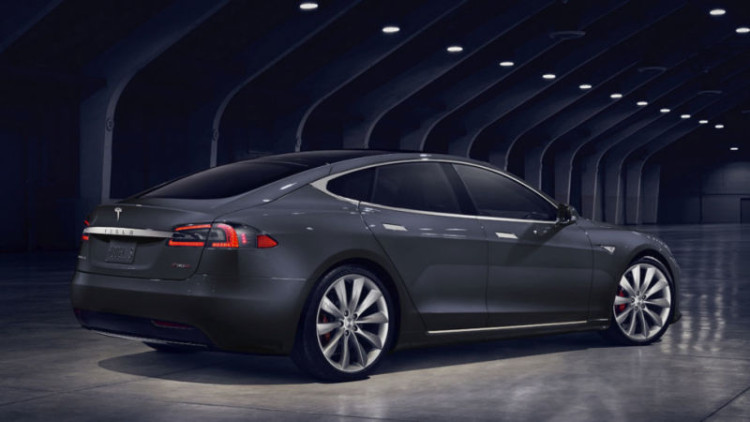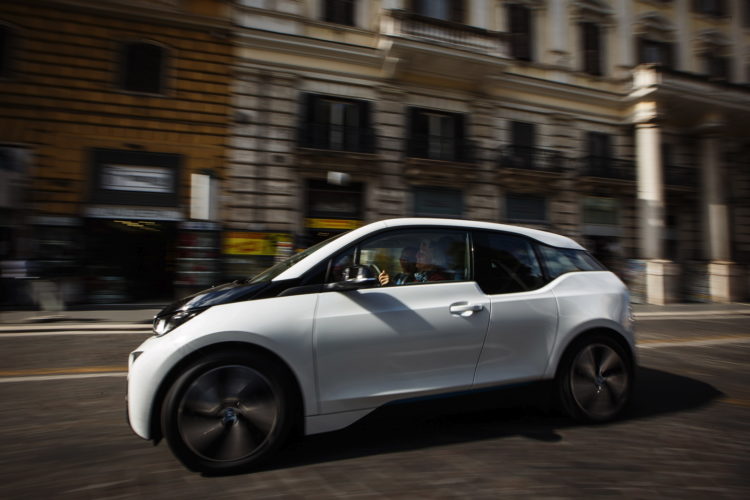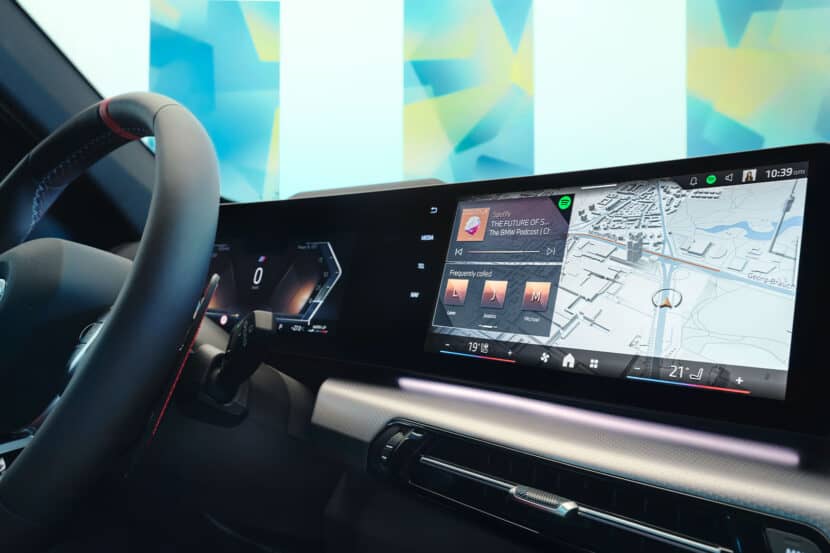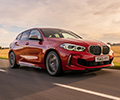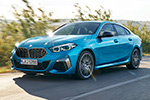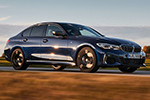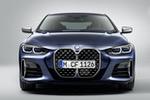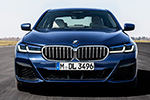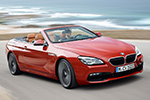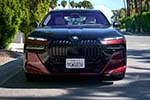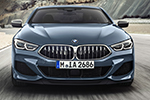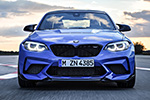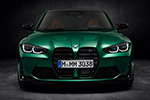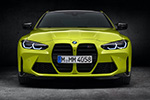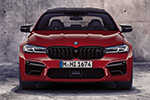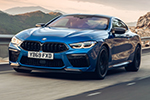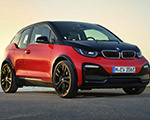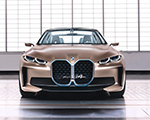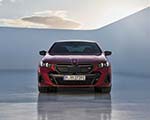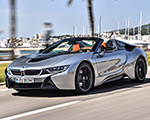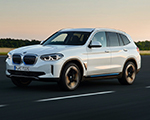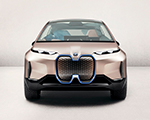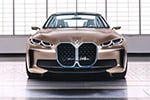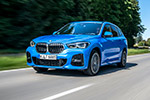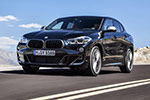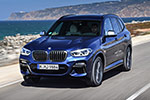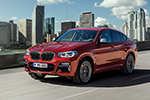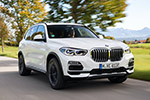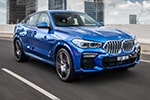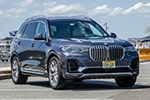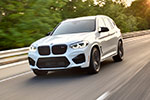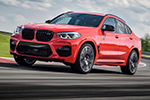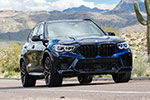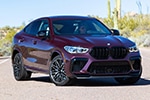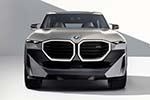It seems like forever that pundits and journalists alike have been comparing the BMW i3 and Tesla Model S. We’re guilty of it ourselves, having done several such comparisons. However, while the comparison is understandable, as they’re two of the very few premium EVs on the market and among the most popular, it actually doesn’t make much sense. They’re so very different that comparing them seems like a pointless exercise. So should we stop comparing the two cars and finally realize that they’re vastly different vehicles?
The only similarity the BMW i3 and Tesla Model S share is that they’re both powered purely by electricity. Aside from that, they’re two completely different vehicles that would have no business being compared in a world with more EVs. It’s like comparing a Volkswagen Golf to a Mercedes-Benz S-Class, the only similarity is that they’re both powered by engines. Sure, the S-Class is a lot nicer and more luxurious but it costs a fortune compared to the Golf. We have very different strengths and weaknesses, is what I’m getting at.
BMW’s i3 is a very small, very city-oriented EV. It only has a range of around 114 miles, which is downright tiny compared to the 200-plus mile range of the Model S. But that doesn’t make the i3 a worse car, it just makes it a different car. The BMW i3 is designed for urban city driving, using its low curb weight to give it a decent range and its compact design to make it easy to park, drive and navigate through congested city centers.
In its home territory, European city centers are starting to become emissions-free and/or emissions-taxed. So the i3 works perfectly in that sort of environment and has far more range than needed. It also costs under $50,000 and has very attractive lease deals, which a lot of people can afford.
On the other hand, the Tesla Model S is far larger, can house more seats, is far more luxurious and has a range that dwarfs the i3’s. It’s designed to the be EV for wealthy suburbanites who don’t want to worry about range anxiety as they have farther distances to travel.
But you’re going to pay for that luxury, as the Model S also dwarfs the i3 in price, more than doubling it in some instances. If you live and drive in typical suburban America, the Model S is the best EV option, as it offers gasoline-like range and luxury car amenities. If you can afford it, that is.
Both cars are superb but picking one that’s “better” is ridiculous because the i3 could be ranked as better at being a city car than the Model S and the opposite is true in further suburban driving or highway use. So I really think it’s time to stop comparing these two cars.
TEST DRIVE: Porsche Taycan Turbo S – A Brutally Fast Electric Sportscar
They’re pricing, scope, target audience and capabilities are all so far apart that it’s like comparing a VW GTI to a Porsche 911. Sure, they’re both sports cars but are completely different in every other regard and comparison makes little, if any, sense. I feel as if the same goes for the i3 and Model S.



